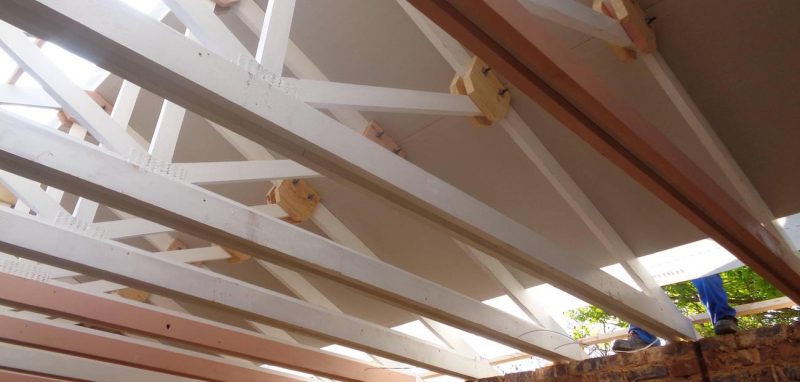Sales of newly built single-family homes plunged to an eight-month low last month at a time when sales should be at their highest points of the year. New single-family home sales dropped 5.3 percent month-over-month in June to a seasonally adjusted annual rate of 631,000, the Commerce Department reported Wednesday. This marks the lowest monthly annualized sales pace since October 2017.
Builders say ongoing supply constraints are being exacerbated by recent tariff disputes, which are raising the costs of building materials. In April 2017, the Trump administration imposed anti-subsidy duties on imports of Canadian softwood lumber. Builders have said that move has significantly raised the cost of building a new home.
“Uncertainty caused by tariffs and the talk of trade wars are making home buyers more cautious, and builders are taking note of this situation,” says Randy Noel, chairman of the National Association of Home Builders. “Not only are consumers and builders concerned about the current lumber tariffs but also the next round of proposed tariffs on a number of goods and services.”
The median sales price of new homes dropped to $302,100 in June, 4.2 percent lower than a year prior. “That prices were lower likely shows the dominance of homes sold in the South—where prices are lower—than a lack of demand,” Robert Frick, corporate economist for Navy Federal Credit Union in Vienna, Va., told Reuters.
While new-home sales underperformed in June, the builders’ trade group still sees “solid demand for new-home construction.” New-home sales were up in the first half of 2018 and remain 6.8 percent higher on a year-to-date basis compared to last year, says Robert Dietz, NAHB’s chief economist.
But a shortage of new construction persists. In June, the stock of new homes rose to a nine-year high of 301,000 units, but supply is still just over half of what it was at the peak of the housing boom in 2006.
Source:
The National Association of Home Builders and “U.S. New Home Sales at Eight-Month Low, Housing Slowing,” Reuters (July 25, 2018)













